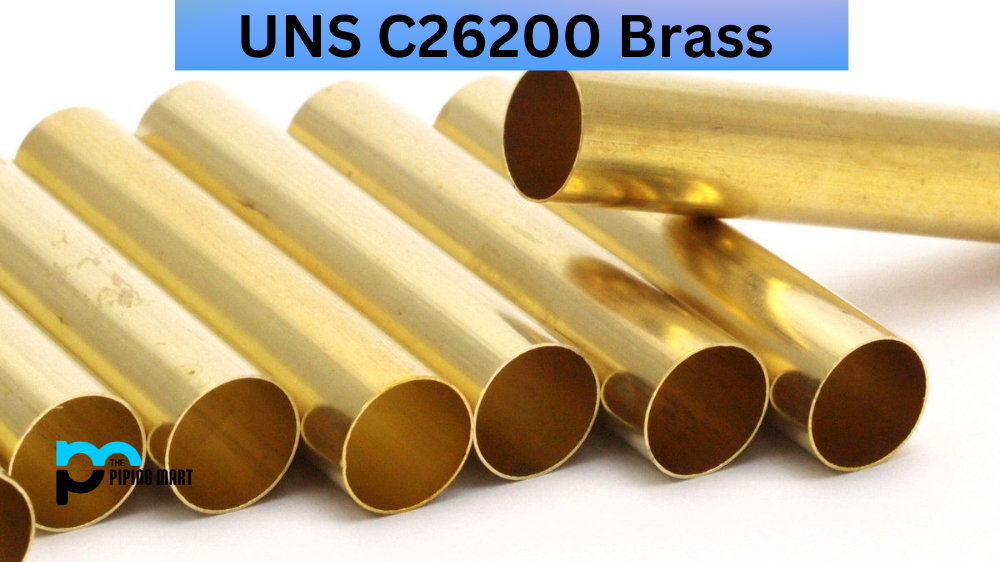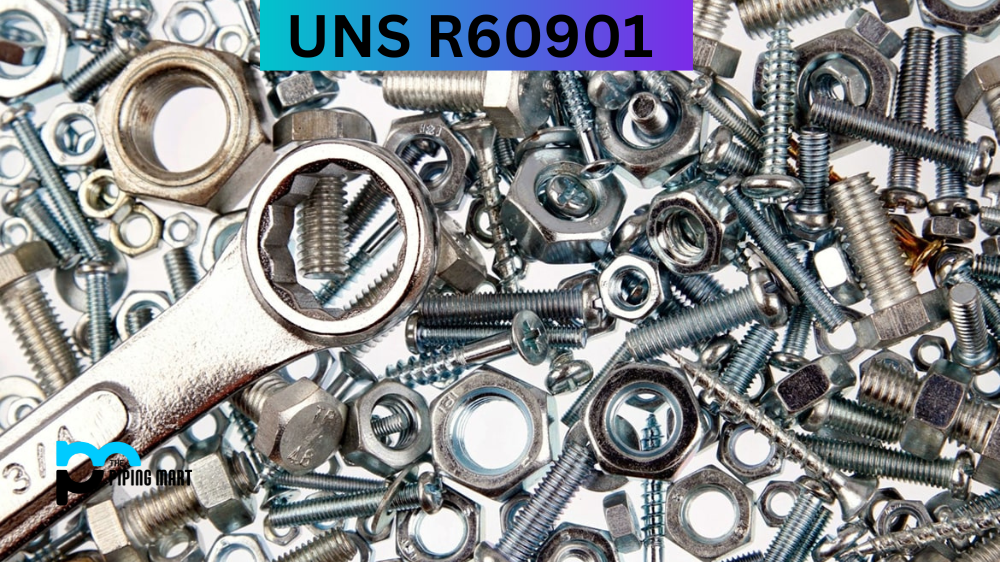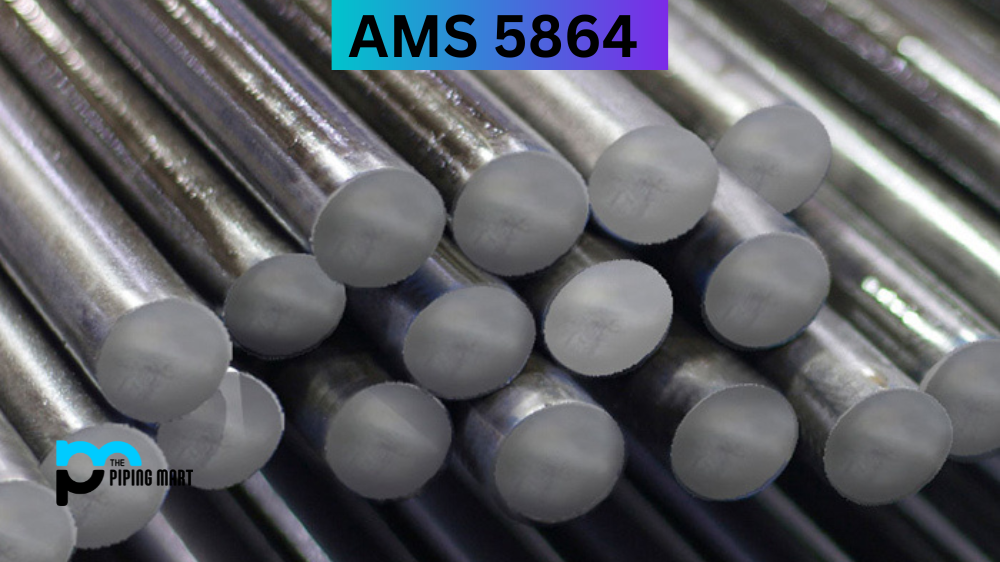Brass is an alloy known for its durability, corrosion resistance, and ductility. One specific brass type often used in various industries is UNS C26200 brass. This type of brass is a leaded alloy with high-lead content that can be machined easily. This blog post will discuss the composition, physical and mechanical properties, uses, hardness, heat treatment, welding, and corrosion resistance of UNS C26200 brass.
UNS C26200 Brass Composition
UNS C26200 brass comprises 60% to 63% copper, 0.75% to 1.5% lead, and 0.05% to 0.5% iron. The remaining percentage is made up of zinc and other trace elements. The alloy’s elements affect the brass’s mechanical and physical properties.
| Elements | Content (%) |
|---|---|
| Copper, Cu | 67 – 70 |
| Lead, Pb | 0.07 max |
| Iron, Fe | 0.05 max |
| Zinc, Zn | Balance |
UNS C26200 Brass Physical Properties
UNS C26200 brass has a density of 8.53 grams per cubic centimetre. It has a melting point of 901 to 925 degrees Celsius. The thermal conductivity of this brass is 119 W/m.K, and its electrical conductivity is 27% IACS. In terms of corrosion resistance, UNS C26200 brass is resistant to various forms of corrosion, including saltwater and organic acids.
| Properties | Metric | Imperial |
|---|---|---|
| Density | 8.5 g/cm3 | 0.308 lb/in3 |
| Melting point | 915°C | 1680 °F |
UNS C26200 Brass Mechanical Properties
UNS C26200 brass has excellent machinability and can be easily shaped into various forms. It has a tensile strength of 300 MPa and a yield strength of 120 MPa. The elongation of this brass is 45%, and the Rockwell B hardness is 66.
| Temper | Thickness | Tensile Str. | Yield Str. | Elong. | Rockwell | Shear Str | |||
|---|---|---|---|---|---|---|---|---|---|
| B | C | F | 30T | ||||||
| OS050 | 25.4 mm (1 in) | 331 MPa (48 ksi) | 110 MPa (116 ksi) | 65% | – | – | 65 | – | 234 MPa (34 ks |
UNS C26200 Brass Uses
Due to its excellent machinability and corrosion resistance, UNS C26200 brass is used in various applications. It is commonly used in plumbing fixtures, valves, fittings, decorative hardware, and heat exchangers. It is also used in electrical components, such as connectors and sockets.
UNS C26200 Brass Hardness
The hardness of UNS C26200 brass is measured using the Rockwell B hardness test. The brass has a hardness of 66 on the Rockwell B scale, indicating that it is a relatively soft material. The hardness of brass can be increased through various heat treatment processes.
UNS C26200 Brass Heat Treatment
Heat treatment is the process of heating and cooling a material to change its properties. UNS C26200 brass can be annealed to improve its ductility and machinability. The brass is heated to 375 and 550 degrees Celsius for two to four hours, then cooled slowly.
UNS C26200 Brass Welding
UNS C26200 brass can be welded using various methods, including brazing and soldering. Welding this brass requires proper surface preparation, as it is sensitive to contamination. Pre-fluxes can aid in the welding process and ensure proper adhesion.
UNS C26200 Brass Corrosion Resistance
UNS C26200 brass is corrosion-resistant and can withstand exposure to various chemicals and environments. Its corrosion resistance can be attributed to the high copper content and the presence of zinc and lead. With proper maintenance and cleaning, UNS C26200 brass can retain its corrosion resistance for years.
Conclusion:
In conclusion, UNS C26200 brass is a leaded alloy known for its machinability, corrosion resistance, and ductility. Its composition, physical and mechanical properties, uses, hardness, heat treatment, welding, and corrosion resistance make it a popular choice for various industries. Whether you need a material for plumbing fixtures, electrical components or heat exchangers, UNS C26200 brass is a reliable option.

Meet Bhavesh, a seasoned blogger with a wealth of knowledge and experience. From metal products manufacturing to retail, Bhavesh has a diverse background in various industries and is dedicated to sharing his insights and expertise with readers.




